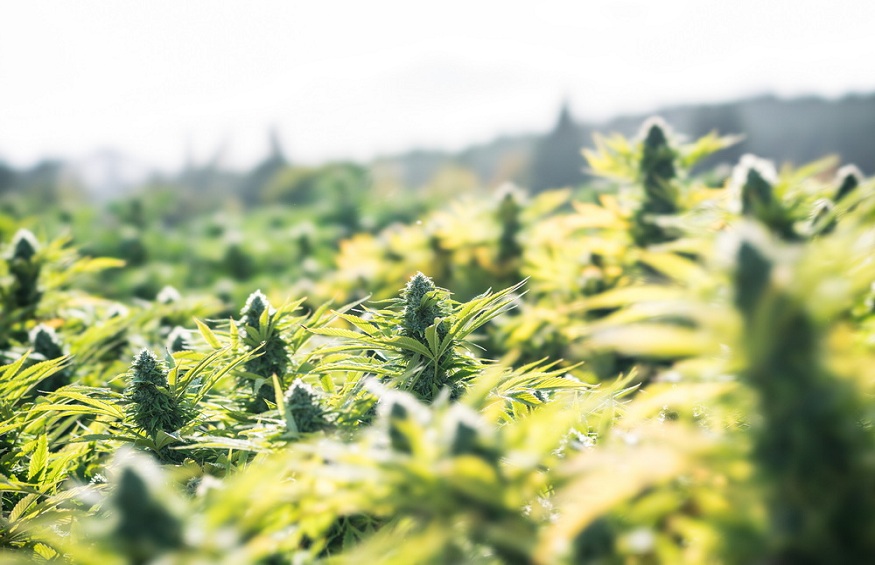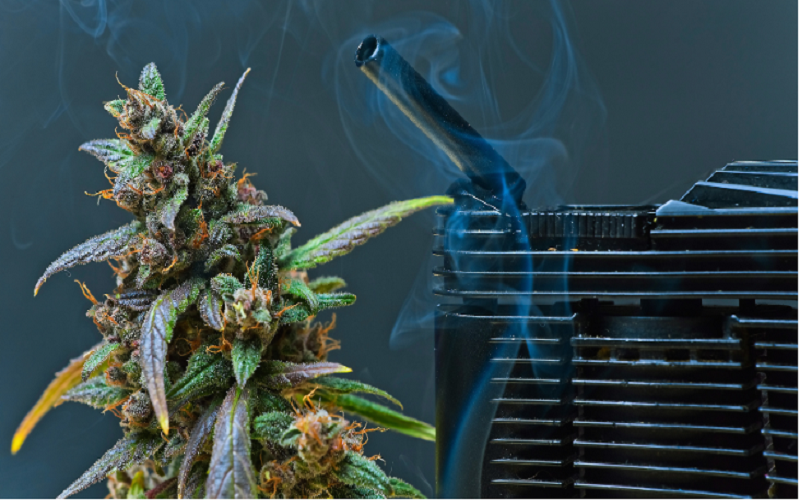What You Should Know About THC-O Before You Use It
The commercial cannabis industry is growing in leaps and bounds. It is growing so fast that federal and state regulations have not kept up. A case in point is the emergence of a new compound on the retail market. It is known as THC-O, and it’s turning a lot of heads due to its extremely high potency.
If you are a cannabis user, whether medicinally or recreational, you should be extremely cautious with THC-O. You can never be quite sure about what is in a CBD/THC product derived from industrial hemp, which is the case with THC-O products. That alone should alarm you.
THC and Its Many Derivatives
One of the big problems with THC-O is that consumers do not really understand what it is. It is a synthetic derivative of Delta-9 THC, the form of THC that naturally occurs in marijuana plants. Heretofore known simply as THC, Delta-9 is considered a psychoactive substance and is illegal under federal law.
As a derivative of THC, THC-O occupies a legal no man’s land. It is not alone. It’s in good company with Delta-8 THC, Delta-10 THC, and other derivatives. Advocates say all these derivatives are completely legal because the chain of custody starts with industrial hemp which, itself, is legal under federal law. However, THC opponents are not so sure.
The Federal Analogue Act
The Federal Analogue Act became law in 1986. It was enacted as a way to combat designer drugs. Under the act, controlled substance analogues are as illegal under federal law as the original drugs they are derived from or intended to mimic. Under one reading of the law, the fact that THC-O is derived from industrial cannabis is irrelevant.
The act defines a controlled substance analogue as one, in relation to Schedule I and II drugs:
- For which the chemical structure is “substantially similar to the chemical structure”
- Has a similar “stimulant, depressant, or hallucinogenic effect on the central nervous system”
- Is used by someone to achieve a similar “stimulant, depressant, or hallucinogenic effect on the central nervous system.”
If you know anything about THC-O, it is hard to argue that it is not an analogue based on what the law says. It actually meets all three requirements to be defined as such.
Not Sure What You’re Inhaling
THC-O is manufactured by first creating the Delta-8 isomer and then putting that isomer through a series of processes involving flammable and volatile compounds. The actual manufacturing process is irrelevant for the purposes of this post. What matters is that, in the end, manufacturers cannot tell you exactly what is in their THC-O products.
When all is said and done, THC-O is a thick and viscous substance similar to motor oil. That makes it ideal for mixing with other ingredients to create vape cartridges. When you vape, you are inhaling the compound into your lungs. Is that smart? Do you want to be inhaling a product containing unknown and unreported chemicals?
Visit Beehive Farmacy in Brigham City, Utah, and every product the medical cannabis pharmacist dispenses will be clearly labeled. You will know exactly what you are getting with every vape cartridge. Visit a local vape shop across town and it is an entirely different matter.
Some recreational marijuana users appreciate THC-O because it is said to be three times more potent than THC. That alone is reason to be cautious. No one has ever died from a THC overdose before, but that does not mean it cannot happen. It also doesn’t mean that THC-O should be used without caution. If you intend to use THC-O, be careful.



